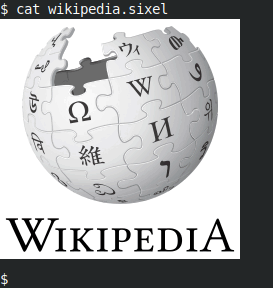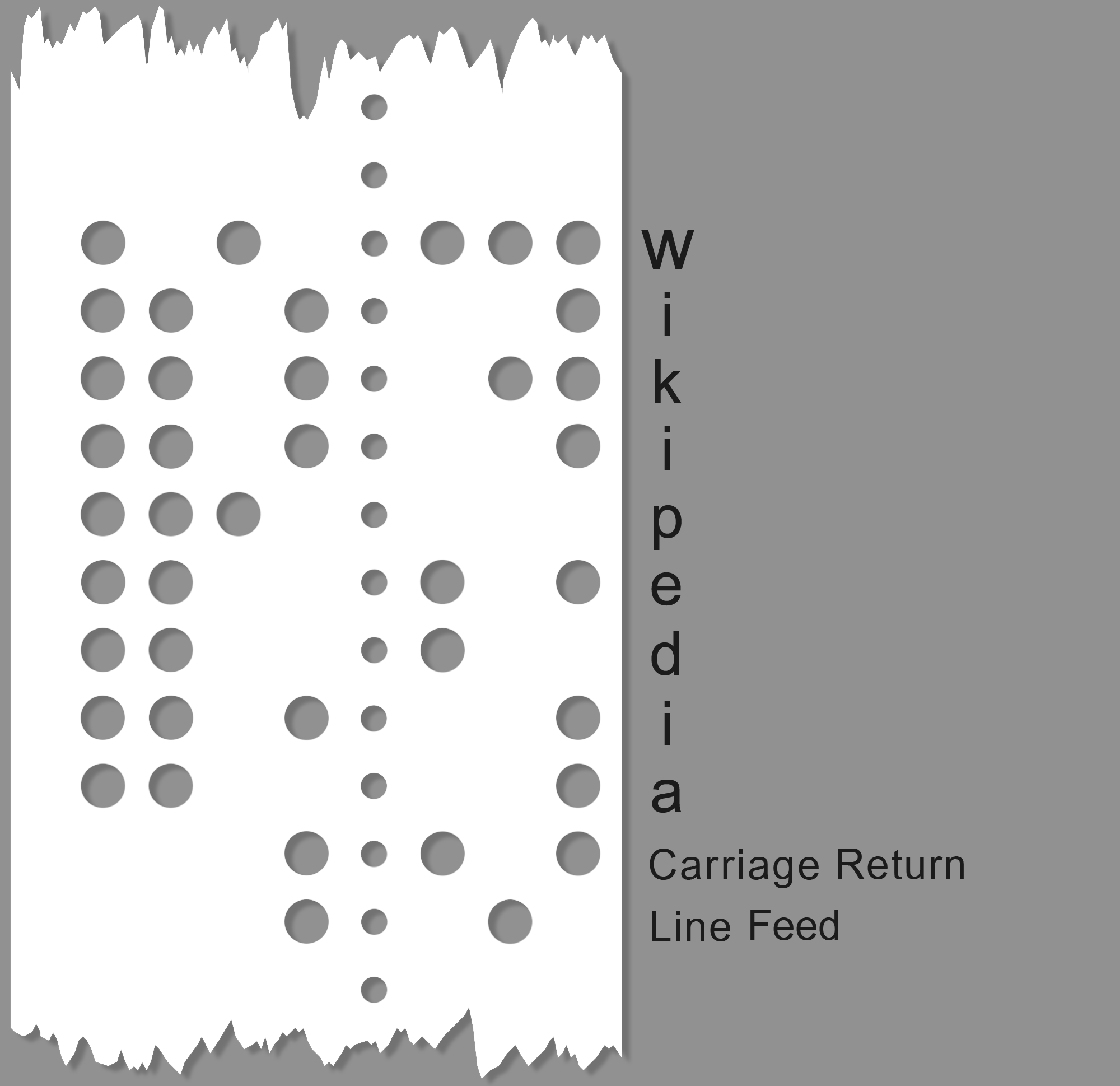|
Dynamically Redefined Character Set
The Dynamically Redefined Character Set, or DRCS for short, was a feature of Digital Equipment Corporation's smart terminals starting with the VT200 series in 1983. DRCS added a RAM buffer where new glyphs could be uploaded from the host system using the Sixel Sixel, short for "six pixels", is a bitmap graphics format supported by terminals and printers from DEC. It consists of a pattern six pixels high and one wide (in black and white), resulting in 64 possible patterns. Each possible pattern is a ... data format. References * DEC hardware {{compu-stub ... [...More Info...] [...Related Items...] OR: [Wikipedia] [Google] [Baidu] |
Digital Equipment Corporation
Digital Equipment Corporation (DEC ), using the trademark Digital, was a major American company in the computer industry from the 1960s to the 1990s. The company was co-founded by Ken Olsen and Harlan Anderson in 1957. Olsen was president until he was forced to resign in 1992, after the company had gone into precipitous decline. The company produced many different product lines over its history. It is best known for the work in the minicomputer market starting in the early 1960s. The company produced a series of machines known as the Programmed Data Processor, PDP line, with the PDP-8 and PDP-11 being among the most successful minis in history. Their success was only surpassed by another DEC product, the late-1970s VAX "supermini" systems that were designed to replace the PDP-11. Although a number of competitors had successfully competed with Digital through the 1970s, the VAX cemented the company's place as a leading vendor in the computer space. As microcomputers improved in t ... [...More Info...] [...Related Items...] OR: [Wikipedia] [Google] [Baidu] |
Computer Terminal
A computer terminal is an electronic or electromechanical hardware device that can be used for entering data into, and transcribing data from, a computer or a computing system. Most early computers only had a front panel to input or display bits and had to be connected to a terminal to print or input text through a keyboard. Teleprinters were used as early-day hard-copy terminals and predated the use of a computer screen by decades. The computer would typically transmit a line of data which would be printed on paper, and accept a line of data from a keyboard over a serial or other interface. Starting in the mid-1970s with microcomputers such as the Sphere 1, Sol-20, and Apple I, display circuitry and keyboards began to be integrated into personal and workstation computer systems, with the computer handling character generation and outputting to a CRT display such as a computer monitor or, sometimes, a consumer TV, but most larger computers continued to require terminal ... [...More Info...] [...Related Items...] OR: [Wikipedia] [Google] [Baidu] |
VT220
The VT200 series is a family of computer terminals introduced by Digital Equipment Corporation (DEC) in November 1983. The VT220 was the basic version, a text-only version with multi-lingual capabilities. The VT240 added monochrome ReGIS vector graphics support to the base model, while the VT241 did the same in color. The 200 series replaced the successful VT100 series, providing more functionality in a much smaller unit with a much smaller and lighter keyboard. Like the VT100, the VT200 series implemented a large subset of ANSI X3.64. Among its major upgrades was a number of international character sets, as well as the ability to define new character sets. The VT200 series was extremely successful in the market. Released at $1,295, but later priced at $795, the VT220 offered features, packaging and price that no other serial terminal could compete with at the time. In 1986, DEC shipped 165,000 units, giving them a 42% market share, double that of the closest competitor, Wys ... [...More Info...] [...Related Items...] OR: [Wikipedia] [Google] [Baidu] |
Random Access Memory
Random-access memory (RAM; ) is a form of electronic computer memory that can be read and changed in any order, typically used to store working data and machine code. A random-access memory device allows data items to be read or written in almost the same amount of time irrespective of the physical location of data inside the memory, in contrast with other direct-access data storage media (such as hard disks and magnetic tape), where the time required to read and write data items varies significantly depending on their physical locations on the recording medium, due to mechanical limitations such as media rotation speeds and arm movement. In today's technology, random-access memory takes the form of integrated circuit (IC) chips with MOS (metal–oxide–semiconductor) memory cells. RAM is normally associated with volatile types of memory where stored information is lost if power is removed. The two main types of volatile random-access semiconductor memory are static ... [...More Info...] [...Related Items...] OR: [Wikipedia] [Google] [Baidu] |
Glyph
A glyph ( ) is any kind of purposeful mark. In typography, a glyph is "the specific shape, design, or representation of a character". It is a particular graphical representation, in a particular typeface, of an element of written language. A grapheme, or part of a grapheme (such as a diacritic), or sometimes several graphemes in combination (a composed glyph) can be represented by a glyph. Glyphs, graphemes and characters In modern English, symbols like letters and numerical digits are each both single graphemes and single glyphs. In most languages written in any variety of the Latin alphabet except English, the use of diacritics to signify a sound mutation is common. For example, the grapheme requires two glyphs: the basic and the grave accent . In general, a diacritic is regarded as a glyph, even if it is contiguous with the rest of the character like a cedilla in French, Catalan or Portuguese, the ogonek in several languages, or the stroke on a Polish . Altho ... [...More Info...] [...Related Items...] OR: [Wikipedia] [Google] [Baidu] |
Sixel
Sixel, short for "six pixels", is a bitmap graphics format supported by terminals and printers from DEC. It consists of a pattern six pixels high and one wide (in black and white), resulting in 64 possible patterns. Each possible pattern is assigned an ASCII character, making the sixels easy to transmit on 7-bit serial links. Sixel was first introduced as a way of sending bitmap graphics to DEC dot matrix printers like the LA50. After being put into "sixel mode" the following data was interpreted to directly control six of the pins in the nine-pin print head. A string of sixel characters encodes a single 6-pixel high row of the image. The system was later re-used as a way to send bitmap data to the VT200 series and VT320 terminals when defining custom character sets. A series of sixels are used to transfer the bitmap for each character. This feature is known as soft character sets or dynamically redefinable character sets (DRCS). With the VT240, VT241, VT330, and VT ... [...More Info...] [...Related Items...] OR: [Wikipedia] [Google] [Baidu] |
Character Encoding
Character encoding is the process of assigning numbers to graphical character (computing), characters, especially the written characters of human language, allowing them to be stored, transmitted, and transformed using computers. The numerical values that make up a character encoding are known as code points and collectively comprise a code space or a code page. Early character encodings that originated with optical or electrical telegraphy and in early computers could only represent a subset of the characters used in written languages, sometimes restricted to Letter case, upper case letters, Numeral system, numerals and some punctuation only. Over time, character encodings capable of representing more characters were created, such as ASCII, the ISO/IEC 8859 encodings, various computer vendor encodings, and Unicode encodings such as UTF-8 and UTF-16. The Popularity of text encodings, most popular character encoding on the World Wide Web is UTF-8, which is used in 98.2% of surve ... [...More Info...] [...Related Items...] OR: [Wikipedia] [Google] [Baidu] |




